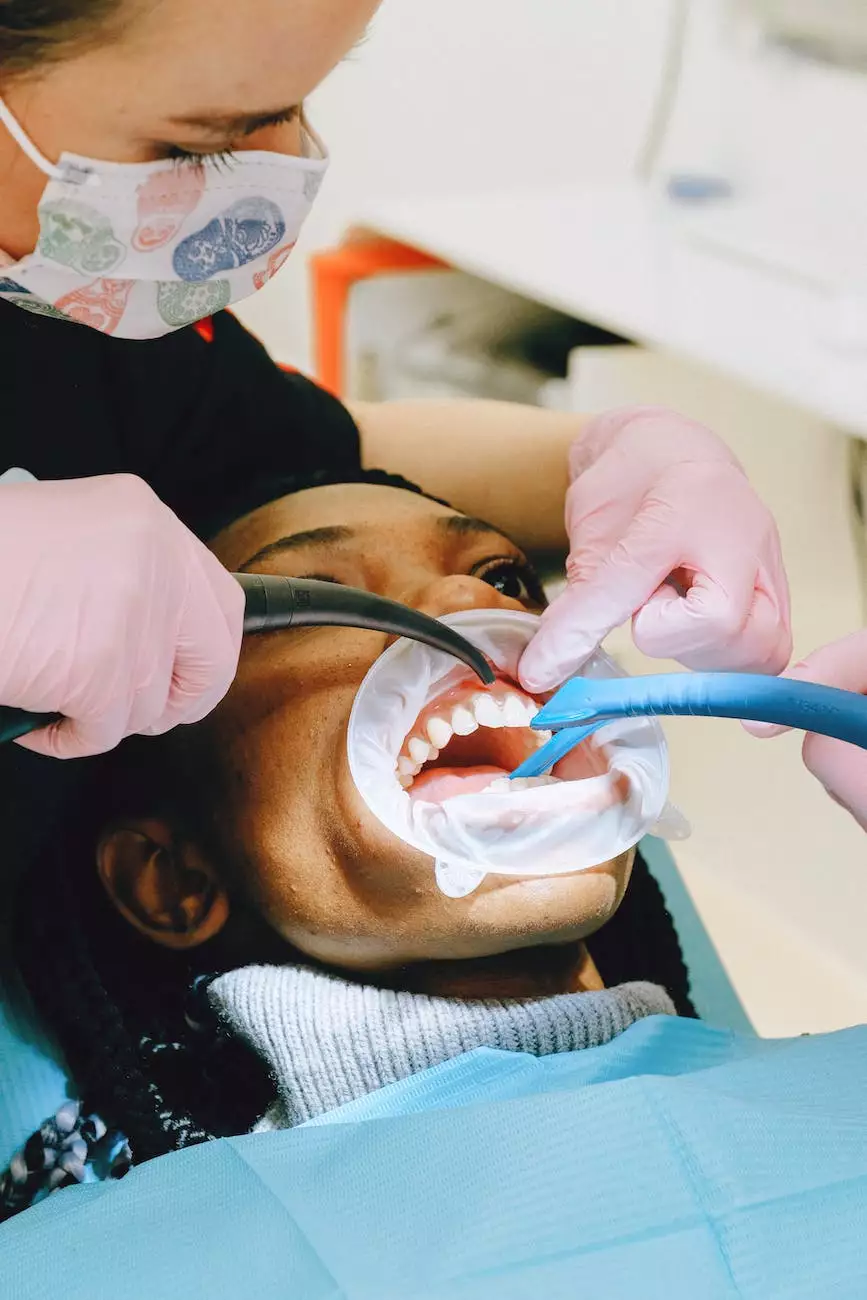Thrombophlebitis Signs and Symptoms

Welcome to Vein Center of Arizona, where we specialize in Vascular Medicine. In this article, we will discuss in detail the signs and symptoms of thrombophlebitis, a condition affecting the veins in the body.
Understanding Thrombophlebitis
Thrombophlebitis refers to the inflammation of a vein caused by blood clot formation. The condition most commonly affects the legs, although it can occur in other parts of the body as well. It is essential to identify the signs and symptoms of thrombophlebitis early on to ensure prompt medical intervention and prevent potential complications.
Common Signs and Symptoms
Recognizing the signs and symptoms of thrombophlebitis is crucial for early detection and effective treatment. The following are some common indications that may help identify the presence of thrombophlebitis:
- Pain: Thrombophlebitis can cause localized pain in the affected area, typically in the leg. The intensity of the pain may vary, ranging from mild discomfort to severe throbbing.
- Redness and Swelling: Inflammation and swelling around the affected vein are commonly observed in thrombophlebitis cases. The skin over the vein may appear red, warm to the touch, and slightly raised.
- Vein Appearance: In some instances, the affected vein may become visibly enlarged and appear as a hard, cord-like structure beneath the skin.
- Warmth: The skin around the affected area may feel warmer than usual due to increased blood flow and inflammation.
- Tenderness: Thrombophlebitis can cause sensitivity and tenderness when pressure is applied to the affected area.
When to Seek Medical Attention
While thrombophlebitis can often be managed with self-care measures, there are certain situations where seeking medical attention is crucial:
- Severe Pain: If the pain is severe and does not improve with at-home remedies, it is advised to consult a doctor as soon as possible.
- Increased Redness and Swelling: If the redness, swelling, or warmth around the affected vein worsens or spreads to other areas, medical evaluation is necessary.
- Difficulty Walking: If the condition interferes with your ability to walk or perform daily activities, seeking professional help is important to prevent any complications.
- Presence of Other Health Conditions: Individuals with pre-existing medical conditions such as cancer or blood clotting disorders should consult their healthcare provider even if the symptoms are mild.
Treatment and Prevention
Proper treatment and prevention of thrombophlebitis are essential for a speedy recovery and to avoid the risk of complications. Depending on the severity of the condition, treatment options may include:
- Medication: Anti-inflammatory drugs and pain relievers are often prescribed to alleviate symptoms. In some cases, anticoagulant medication may be necessary to prevent further clot formation.
- Elevating the Leg: Keeping the affected leg elevated can help reduce swelling and improve blood circulation.
- Compression Stockings: Wearing compression stockings provides external pressure to the legs, promoting healthy blood flow and reducing discomfort.
- Physical Activity: Engaging in regular low-impact exercises and avoiding prolonged periods of sitting or standing can lower the risk of blood clots.
- Healthy Lifestyle: Maintaining a healthy diet, not smoking, and managing other underlying health conditions can contribute to the prevention of thrombophlebitis.
Conclusion
Thrombophlebitis, although a potentially serious condition, can be effectively managed with proper medical care and lifestyle adjustments. By recognizing the signs and symptoms early on, individuals can seek timely treatment and reduce the risk of complications. If you suspect you may have thrombophlebitis, do not hesitate to consult a healthcare professional. At Vein Center of Arizona, our team of experienced doctors specializing in Vascular Medicine is dedicated to providing the highest quality care and ensuring your well-being.
thrombophlebitis signs and symptoms









